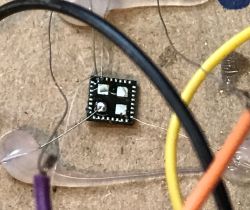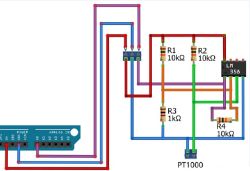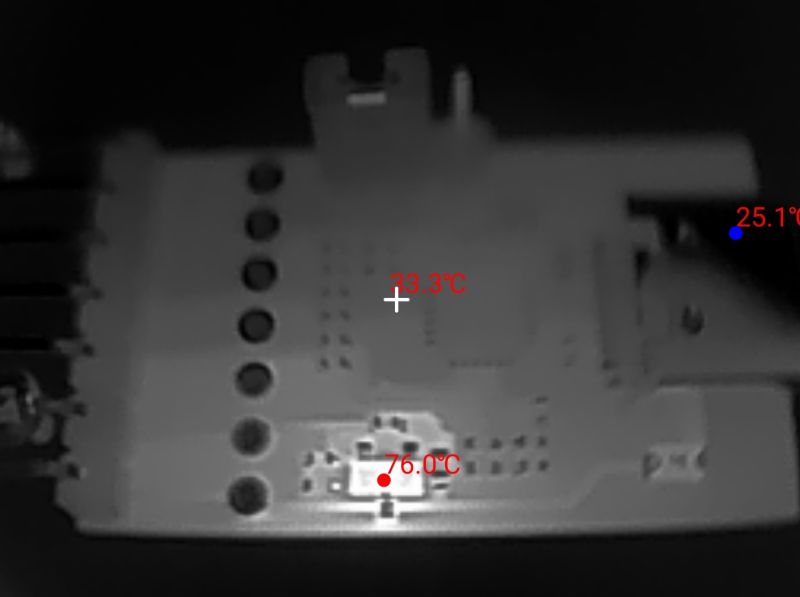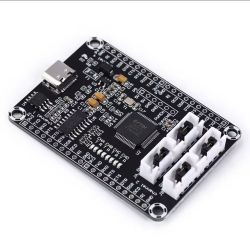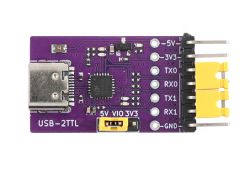
Here's something I've needed for a long time - a dual USB to UART converter, i.e. one USB connector and two serial ports on the output, and this together with the DTR/RTS flow control signals brought out, which can be used, for example, to reset and control the bootloader mode of external devices. The whole thing can be bought for about a dozen zloty, the price depends on the quantity imported and the online shop chosen.
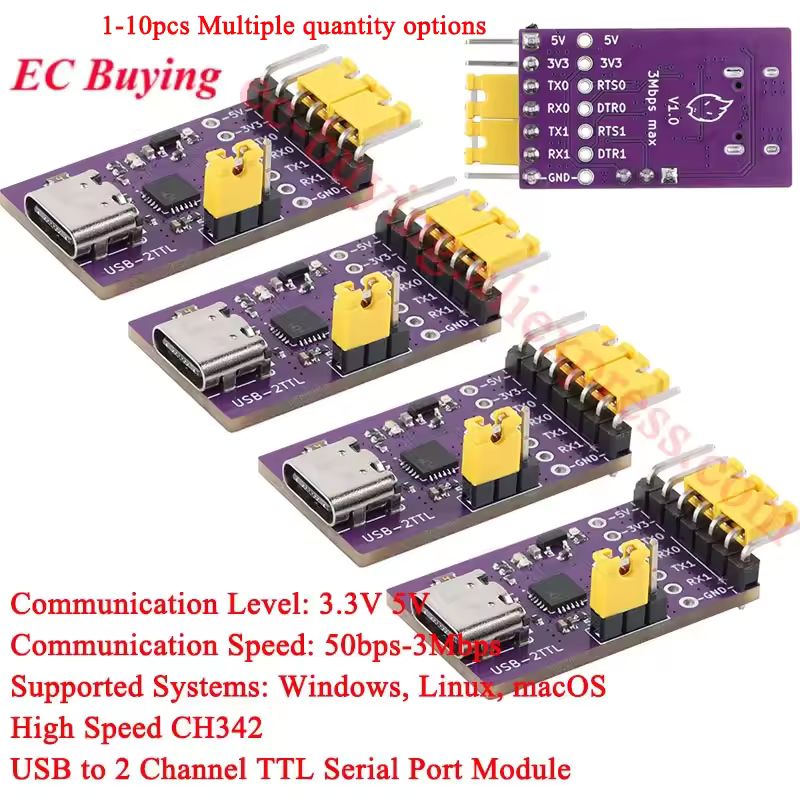
Like the well-known CH340, this chip gives us a choice between 3.3 V and 5 V logic levels. Also in an analogous way, it has one rather serious shortcoming, namely that it cannot provide a sufficiently large current from its 3.3 V pins for many applications, so if we want to run some Wi-Fi modules with it such as the ESP8266, ESP32 or there BK7231, we need to arm ourselves with an external chip with a 3.3 V LDO, such as the AMS1117-3.3 for example.
The CH342 itself is available in tiny housings such as QFN24 (CH342F) and ESSOP-10 (CH342K). The CH342 requires minimal external components to operate.
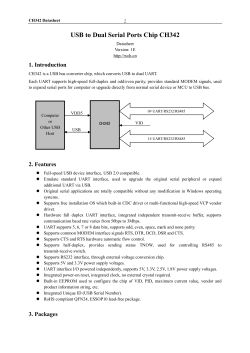
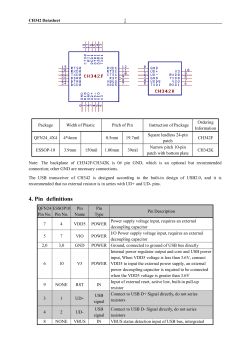
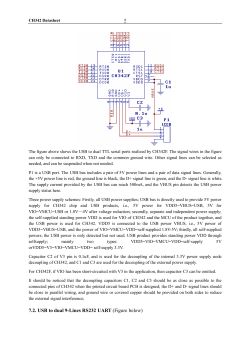
The main motivation and 'battle test' for this module was to use it to work with BK7231 , as this chip has two UART ports that are both actively used during firmware development - one is used to display the device activity log and the other for programming. Here are the pictures from colleague @DeDaMrAz :

Unfortunately, however, it was not possible to make the absolute minimum connection, as the Beken would not start without an external 3.3 V supply:
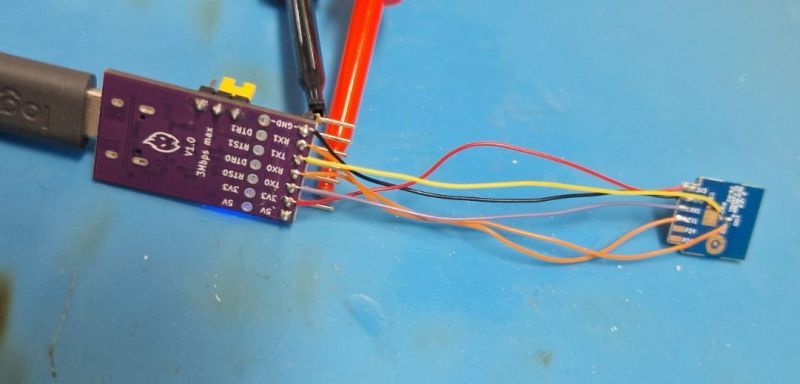

Looks like we're in for an additional 3.3 V LDO hand-soldering to the underside of the board shown. How about finding a module with CH342 and AMS1117-3.3? That would be the best option.
In any case, the UART works fine - the computer immediately sees the COM ports, here for example COM4 and COM7 and we can operate them via Realterm:
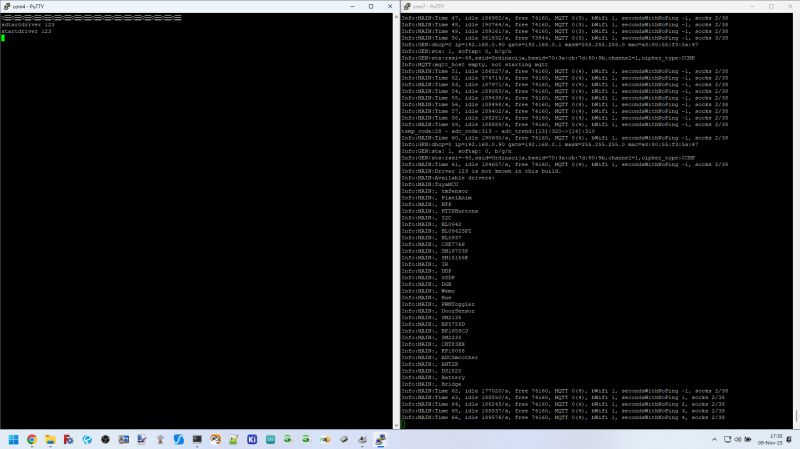
In summary , I liked the CH342-based USB-2TTL module very much. Its only downside is the lack of a good LDO on board, which complicates things in some tasks and, for example, makes it difficult to connect the whole thing to a programmable Wi-Fi module. On the other hand, I consider the presence of DTR and RTS lines to be a plus - many cheaper adapters lack this.
Finally, it is worth mentioning that the module is equipped with a modern USB C-type connector, so there is no problem with the orientation of the plug.
Have you used the CH342? What applications do you see for this chip?
Cool? Ranking DIY Helpful post? Buy me a coffee.



